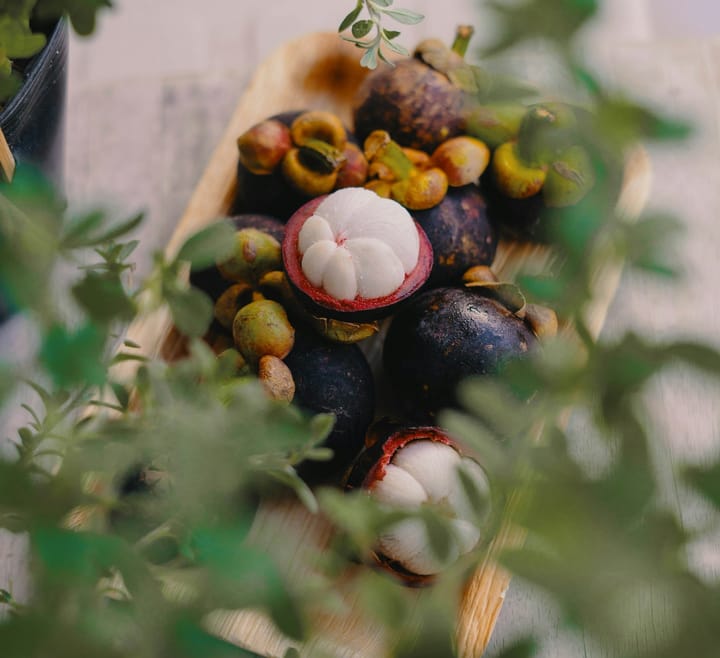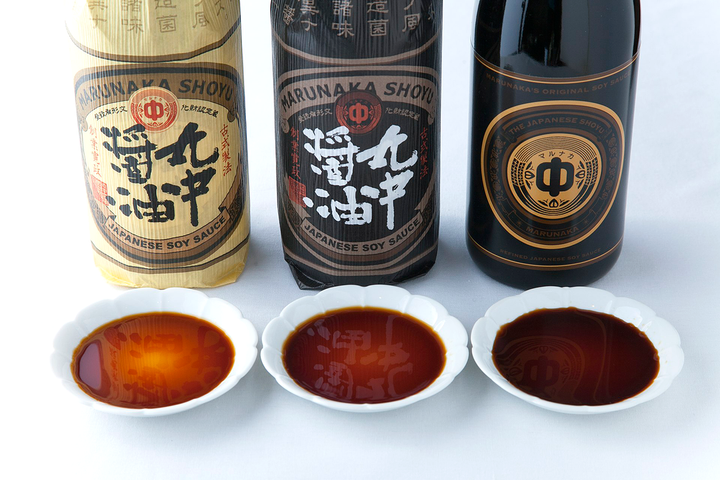How Calpastatin Controls Tenderness in Polmard's Vintage Cote de Boeuf
Discover how a single protein—calpastatin—creates the legendary tenderness in Polmard's luxury steaks. This molecular guardian controls meat tenderization at the cellular level, revealing why Blonde d'Aquitaine cattle produce beef of unparalleled silkiness.

When Alexandre Polmard charges $3,200 for a vintage cote de boeuf, he isn't merely selling beef—he's offering an encounter with perfection.
The "silky and feminine" texture that defines Polmard's legendary steaks isn't just marketing language; it's the result of precise biological mechanisms that begin at the molecular level.
At the heart of this extraordinary tenderness lies a protein few diners have heard of, yet every connoisseur has experienced: calpastatin.
The Molecular Ballet Behind the World's Most Luxurious Beef
Inside every muscle fiber of Polmard's prized Blonde d'Aquitaine cattle, a sophisticated biochemical dance unfolds after slaughter.
This process, invisible to the naked eye yet perceptible to the palate, revolves around two key proteins: calpain and calpastatin.
Calpain serves as nature's tenderizer—an enzyme that breaks down the structural proteins holding muscle fibers together.
After an animal's death, calpain begins dismantling these rigid structures, gradually transforming tough muscle into tender meat. This process, known as proteolysis, is fundamental to meat tenderization.
Enter calpastatin—the protein that controls this entire process. Acting as calpain's regulator, calpastatin determines how much tenderization occurs and at what rate.
Higher levels of calpastatin inhibit calpain activity, resulting in firmer meat. Lower levels allow calpain to work more effectively, creating the extraordinary tenderness that commands Polmard's premium prices.
The Blonde d'Aquitaine Advantage
Research in meat science has revealed something remarkable about French Blonde d'Aquitaine cattle—the breed exclusively used by Polmard.
Scientific studies indicate that European cattle breeds, including Blonde d'Aquitaine, typically express lower levels of calpastatin compared to other breeds, particularly those with Bos indicus genetics (such as Brahman cattle).
This genetic predisposition gives Blonde d'Aquitaine a natural advantage in tenderness.
While tougher breeds might have calpastatin levels that aggressively restrict tenderization, Polmard's cattle allow nature's tenderizing process to unfold more completely.
Research published in meat science journals confirms that lower calpastatin levels directly correlate with increased meat tenderness.
The natural biochemical profile of Blonde d'Aquitaine provides an ideal foundation for exceptional meat quality, particularly when combined with proper aging techniques.
Hibernation: Preserving Perfection
Polmard's famous "hibernation" technique—where beef is blast-frozen and stored in a controlled airflow environment—works in harmony with these natural biochemical processes.
The hibernation doesn't just preserve the meat; it preserves the precise state of calpain activity achieved during careful aging.
From a biochemical perspective, what makes Polmard's approach innovative is that it essentially captures the peak moment of tenderness and suspends it indefinitely.
The process effectively freezes time at precisely the point where calpastatin and calpain have reached their ideal relationship.
The hibernation technique prevents oxidation and moisture loss while maintaining the delicate protein structures created during the tenderization process.
This preservation method ensures that when a chef finally prepares a Polmard steak, they're working with meat whose tenderness profile was optimized before hibernation began.
Scientific studies on blast-freezing techniques confirm that proper implementation can preserve meat quality indicators, including tenderness, for extended periods.
Selective Breeding: Engineering the Perfect Steak
The Polmard family hasn't left these biological advantages to chance.
Over five generations, they've implemented selective breeding programs that may further optimize calpastatin expression in their herds.
While Polmard closely guards the specifics of their breeding program, the scientific literature clearly establishes that selective breeding can influence calpastatin levels.
Meat science research demonstrates that tenderness traits, including those related to calpastatin activity, are moderately to highly heritable in cattle.
Multiple studies in animal genetics confirm that selecting for low calpastatin activity is entirely possible through careful breeding.
By identifying animals whose meat exhibits exceptional tenderness and breeding them selectively, producers can gradually reduce calpastatin expression across an entire bloodline.
Heritability estimates for tenderness-related traits typically range from 0.3 to 0.5, indicating significant potential for genetic improvement through selective breeding.
This approach represents a perfect marriage of traditional farming and cutting-edge science—breeding practices refined over generations, guided by an understanding of protein biochemistry.
Beyond Tenderness: The Complete Sensory Experience
Calpastatin's role extends beyond basic tenderness. The specific patterns of protein breakdown influenced by optimal calpastatin levels affect flavor compound development, moisture retention, and mouthfeel—all contributing to what Polmard describes as the "silky and feminine" quality of their beef.
When calpain breaks down muscle proteins in precisely the right way—not too much, not too little—it creates fragments that enhance umami flavors and improves moisture binding.
This optimized proteolysis contributes to the way Polmard's beef seemingly melts on the tongue while delivering intense flavor.
The Price of Perfection
Understanding calpastatin's role helps explain why Polmard's beef commands prices that make even other luxury foods seem reasonable by comparison. The $3,200 côte de boeuf represents the convergence of:
- Rare genetic advantages of the Blonde d'Aquitaine breed
- Generations of selective breeding for optimal protein expression
- Precise aging to capture the perfect stage of proteolysis
- Revolutionary hibernation techniques that preserve this biological perfection
- Sustainable, stress-free farming practices that prevent tough meat
When diners experience Polmard's beef, they're tasting the results of perfectly optimized biological processes—a level of control over tenderness that no amount of culinary skill can create if it doesn't begin at the molecular level.
The Future of Luxury Meat

As our understanding of meat biochemistry advances, the role of proteins like calpastatin will likely become even more central to luxury beef production.
Polmard's approach—combining traditional farming with scientific insight—points toward a future where premium meats are defined not just by their origin or cut, but by their optimized biochemical profiles.
For the discerning consumer who questions whether any steak could be worth thousands of dollars, the answer lies partly in this invisible world of proteins and enzymes.
When you take a bite of Polmard's beef, you're experiencing the perfect execution of biological processes that began long before the animal was processed and will continue unfolding on your plate.
In the world of ultra-premium beef, the magic isn't just in the breeding, aging, or preparation—it's in the molecules.
And at the center of this molecular gastronomy stands calpastatin, the protein that helps transform muscle into the world's most luxurious meat experience.


